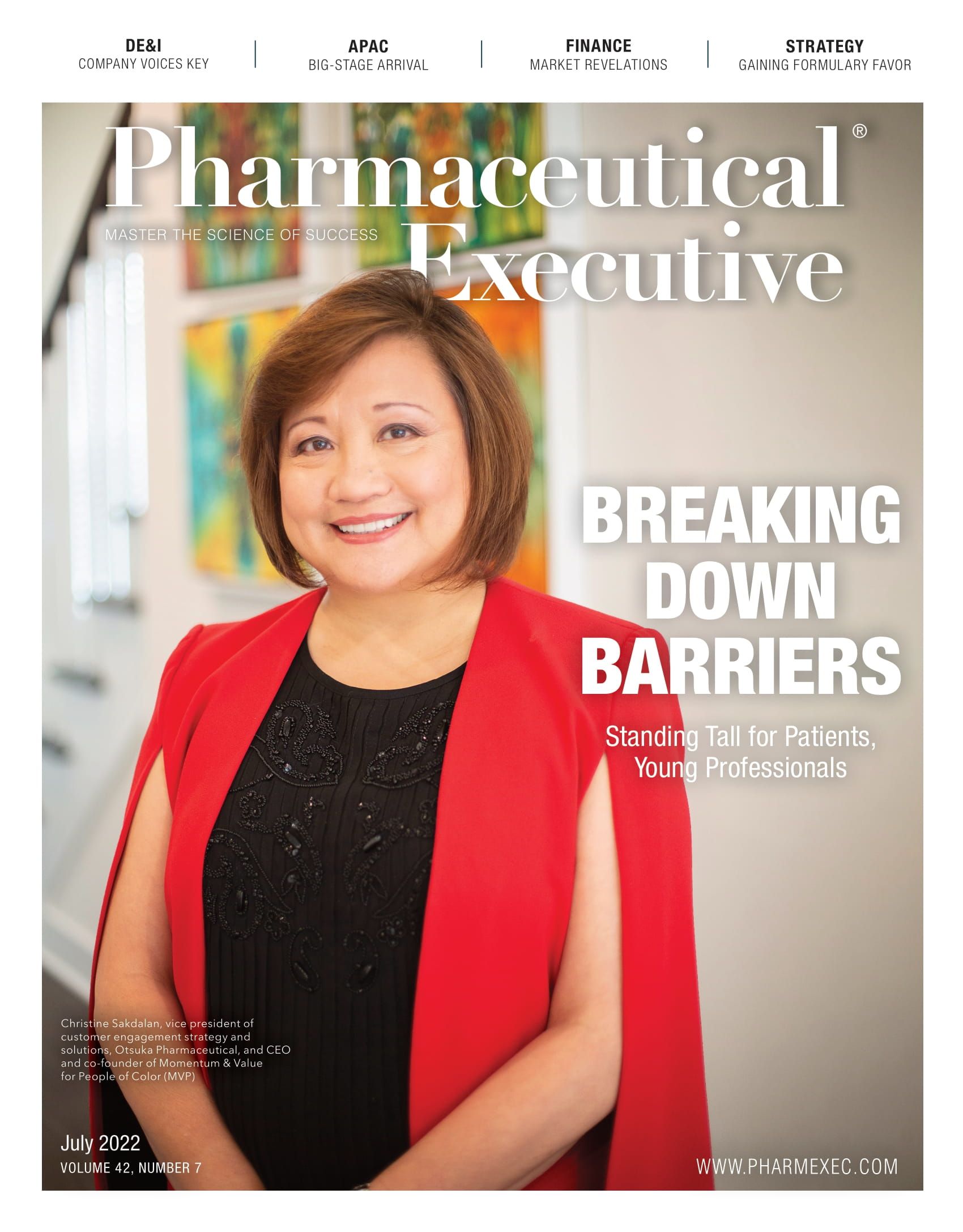Asia’s Rise in The Global Pharma Industry
Continent has shed its ‘emerging’ status on world biopharma stage.

China, India, and other key markets in Asia have long been labeled as pharmerging, implying strong growth of underdeveloped markets from small bases. But that is no longer the case. Over the past decade, Asia has grown exponentially and is now at the very epicenter of the global pharma industry, driving growth, innovation, and future development.
In terms of market size and scale, China and Japan now stand as the second- and third-largest pharmaceutical markets in the world, respectively. China, in particular, has seen strong and consistent annual double-digit growth over the past decade, underpinned by ongoing infrastructure buildup, increasing healthcare spending and coverage, and an encouraging regulatory environment. India, Indonesia, Vietnam, and Thailand also show great potential, all with sizable populations and strong drivers.
Many multinational pharma manufacturers are seeing this firsthand, as Asia contributes to an increasing portion of their global revenues and, more importantly, the bulk of their growth. For them, Asia typically accounted for 20% to 30% of their 2021 revenue, of which around half was from China.
Integrating into global ecosystem
Asia’s importance goes beyond being a growth market, as it has become an integral part of the global pharma ecosystem. Markets such as Japan, Australia, and Singapore have long been considered more in sync with the global industry, and others are moving in that direction. Since China’s ascension into the International Council for Harmonization of Technical Requirements for Pharmaceuticals for Human Use (ICH) in 2017, more than 220 innovative therapies have been approved, with the time lag between China approval and global first approval shortened significantly. This is notwithstanding new options through the Hainan and Greater Bay areas that afford earlier and faster access, as well as real-world evidence studies, which will, in turn, accelerate eventual new product approvals in China. In the first quarter of 2022, 18 novel drugs received marketing clearance in China, 12 of which are from overseas, including Paxlovid and abrocitinib from Pfizer, upadacitinib from AbbVie, and brigatinib from Takeda.
Asia is also becoming an important source of R&D innovation. While the US still accounts for around half of novel pipeline assets, Asia is closing ranks. According to Pharmaprojects, China is second only to the US, accounting for 14%, followed by Japan and Korea at around 5% each. In recent Nature Reviews Drug Discovery research, China boasted more than 2,000 investigational agents as of July 2021, of which 418 were first-in-class and 216 fall into the next-generation category; the latter includes cell and gene therapies, nucleic acid therapies, and approaches in proteolysis targeting chimera (PROTAC). Novel made-in-Asia therapies such as Brukinsa and Carvykti have made it to the global stage, and many more are at advanced stages—mostly via partnership and licensing deals with large pharmas. As Asia features distinct and sometimes unique disease epidemiology compared with Western markets and a vast population base—which could be an advantage for rare diseases research—its eminence as an epicenter for biopharma innovation and clinical research will only increase going forward.
Driving innovation
Asia markets typically feature distinct industry dynamics and a competitive landscape compared to those from the US and EU. In fact, the winning formula in Asia’s pharma industry typically entails not just innovative portfolios and pipelines, but also creative market access approaches, effective stakeholder engagements, and innovative business models and go-to-market strategies.
Most notable among those is online healthcare services, which are becoming increasingly popular across Asia. Leading platforms such as JDHealth boast over 120 million active users for online consultations and pharmacies, as well as value-added services for patients, physicians, employers, and pharma companies. In India, Practo offers online consultations that provide access for rural populations, and in Indonesia, HaloDoc has gained momentum among both patients and physicians.
Selene Peng and additional collaborators in Simon-Kucher’s life sciences division in Shanghai contributed to this article.
Bruce Liu, partner at Simon-Kucher & Partners, leading its life sciences division in greater China
